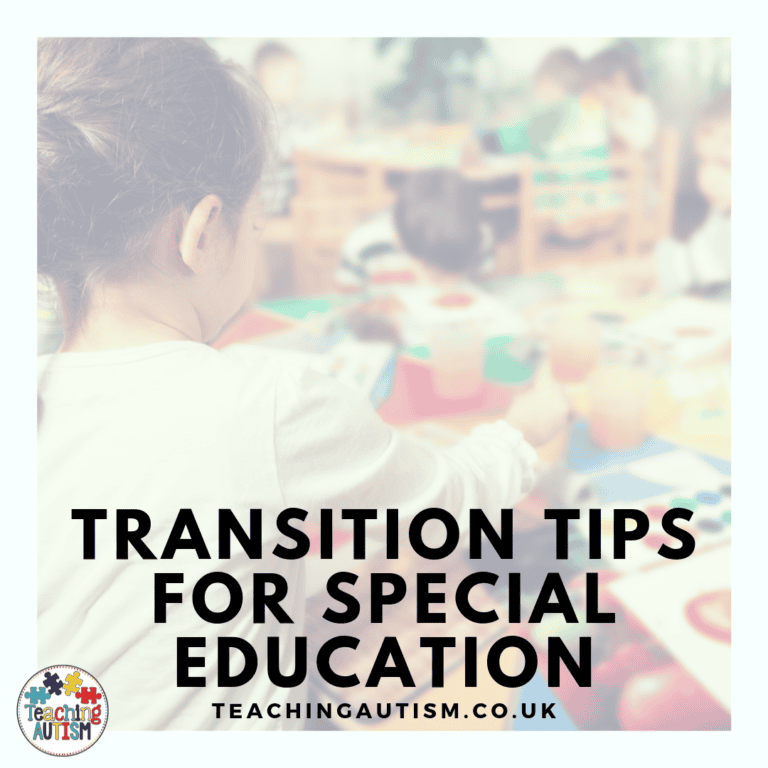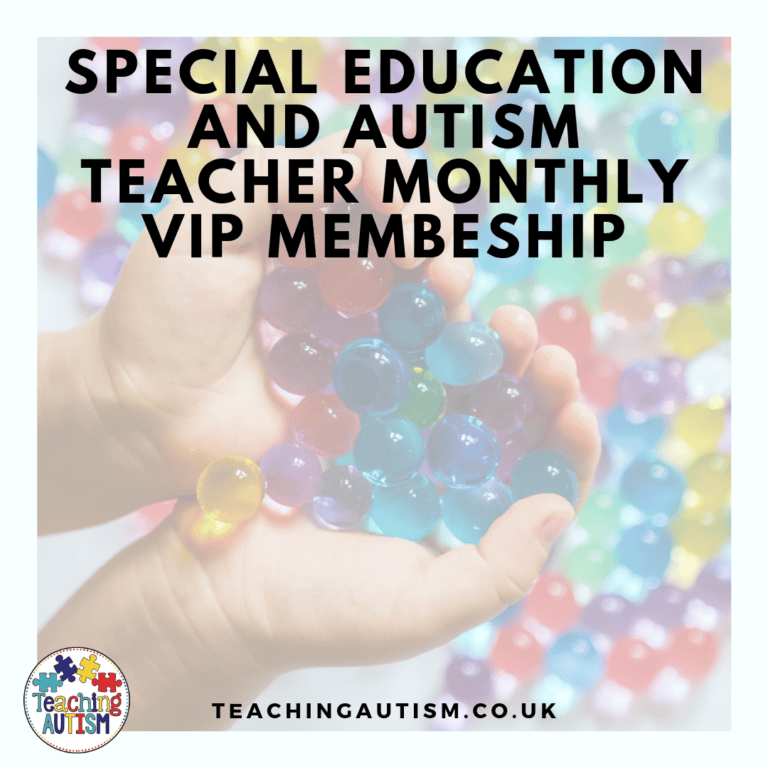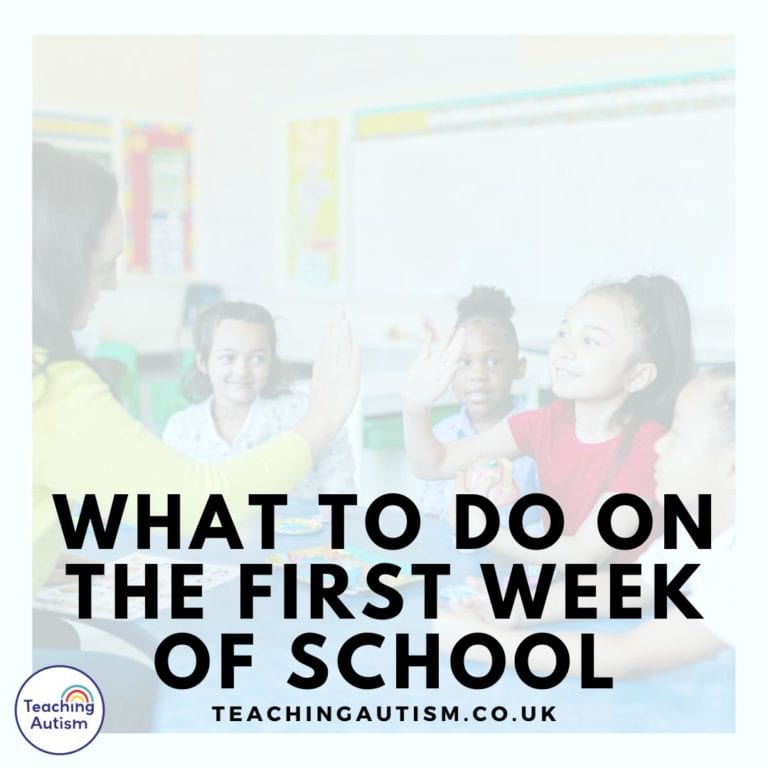Using Schedules in the Classroom
One of the most common questions that I get asked are about using schedules in the classroom. There are so many different types of schedules now – that a lot of teachers don’t know where to start.
Or once they have set up the schedule, they don’t know how to use it. Are they using it the right way? How should they use it? Who should have one?
What is a schedule?
A schedule is a plan that shows you what is going to take place and when.
Incorporating schedules into your classroom setting is a fundamental strategy that enhances both teaching efficacy and your student learning experiences. Beyond the basic implementation, understanding the multiple benefits and tailoring schedules to meet our diverse student needs can significantly impact our classroom dynamics.
What types of schedules are there?
As we all know, our students are all different. And different things work best for each of them. And because of this, there are a few different types of schedules available for you to use with your students;
- First and then boards – basic schedules that show what is happening right now, and what is next.
- A classroom visual symbol schedule – one schedule that is up in class for all students to see and use. This works best if the class is all on one schedule.
- Visual individual symbol schedules. These are great for students to have ownership of their own schedule. It allows you to make them custom for students to suit their individual days.
- Object schedules. These are best suited for students who aren’t quite ready to use symbols. You use objects as references for what is on the schedule. For example – a paintbrush to reference crafts. A pen for handwriting etc.
- Written schedules. If you have a student who is able to follow a written schedule – this can be another great option as well. You can write down the order of tasks/activity that day, and students can tick them off as a checklist.
Why use a schedule?
A lot of teachers, education professionals and homeschoolers will often ask me why to use a schedule. They’ve often never used one before – and they think everything is working fine. So, there’s no reason to change things and add more work onto their workload.
But, your students may really benefit from a schedule, and may be craving this. You just don’t know it yet.
There are a range of reasons why you should use a schedule with your students, and they are;
- It prepares your students for what is coming next.
- Takes away the ‘unexpected’ or ‘unknown’ which can be frightening for many of our students.
- Allows students to feel a little in control – they can be in charge of their own schedule where they can tick off, or remove the tasks that they have already completed.
- It helps to break down the day – or sessions – into smaller steps for students to understand and prepare themselves easier.
- Students may forget when something is happening – a schedule helps to take away the worry of that. They’ll be able to see when that task is happening.
- It allows the students to see the bigger picture. For example, if you have a student who hates taking part in music – but they can see that they have PE right after it that they love – it can help them stay motivated to get through music, to get to the session they’re looking forward to.
- It helps students to transition easier when they know what to expect and what is happening next.
- They are not only beneficial for your students – but for staff members and cover staff as well. This way everyone is able to quickly look what is happening and when it is taking place.
- Everyone can benefit from a visual schedule.
Which schedule should I use?
As we’ve mentioned above, there are a few different schedules that you can use – but which one should you use with your students? This is something that only you’re going to be able to decide. You know your students best. So, below I’ll talk about who is best suited for the types of schedule, and hopefully this will help you to make your decision.
Also, don’t forget. Whatever you choose is not a final decision. If after a few weeks you find that you have a student – or students – who are struggling with the type of schedule, you can try changing it or adding something else to see if this helps.
First and Then
These basic schedules are perfect for students who may be overwhelmed with having a large schedule. Some students just want to know what’s happening right now, and then next. Or even, now, next and then. These break down the schedule into much smaller steps. Click here to find out more.
Classroom Symbol Schedule
This is great if your students in your classroom are all following the same schedule. It tends to get tricky if you have a lot of students who are doing different things throughout the day like therapy sessions etc. And this is when a whole lass symbol schedule can be difficult. Click here to find out more.
Individual Symbol Schedule
These work great if your students are able to recognize and understand symbols and have individual schedules to follow. If your students have therapy sessions and other out of classroom events that are specific to them – these are perfect. Click here to find out more.
Object Schedules
If you have a student – or students – who aren’t quite ready to be working with symbols, this schedule is perfect. Use objects of reference in the schedule to match the different subjects. For example – a paintbrush to reference crafts. A pen for handwriting etc.
Written Schedules
If you have a student who is able to follow a written schedule – this can be another great option as well. You can write down the order of tasks/activity that day, and students can tick them off as a checklist. And you can do this with as few or as many options as you want. You can do it with 4-5 tasks or a full day schedule.
How to set up
I have a few tips for the best ways for you to set up schedules in your classroom, and these come after many years of personal experience as well as training opportunities that I’ve been a part of.
- When making the symbol cards, be consistent. Try to match symbols to the actual subject/activity you are doing so that it actually looks like what the students will expect to do.
- Symbol cards should have the symbol on top of the word.
- Set up schedules going from left to right. I know a lot of people like to do schedules top to bottom. But, we learn to read left to right. Think of books, magazines – even this blog post. Everything is left to right. So, it makes sense to be able to do your schedule from left to right as well. It follows the natural order of reading for your students.
- Include a little packet or bag at the end of the schedule for students to put their symbols into when they have completed that task/activity.
- Encourage students to remove the symbols when a task or activity has been completed – giving them ownership and the recognition that it has finished.
- If students aren’t quite ready for symbols, but are more advanced that actual objects – you can use photos on the cards instead.
- Have back ups of each symbol ready made up. You’ll be amazed at how many of them disappear or get ruined.
- Use velcro to make symbols easily movable on the schedules.
- Have a storage system for your symbol pieces that will make it quick and easy for you to find the symbols and put them out each day.
- Set your schedules up at the end of the day ready for the next morning when students arrive. Nobody wants to come into class and the schedules aren’t ready set up.
- Put a member of staff in charge of the timelines – preparing them and setting them up. That way, nobody gets confused about who is setting up.
- Have a consistent and clear schedule for staff to follow so that they are correctly setting up the visual schedule.
- Be consistent.
- If students are going to use schedules at home, ensure that everyone is consistent and using the schedules in the same way to avoid any confusion.
The Benefits of Using Schedules
There are many benefits of using schedules in the classroom.l Some of these are;
- Enhanced Predictability and Reduced Anxiety
- Promotion of Independence and Self-Regulation
- Facilitation of Differentiated Instruction
- Support for Behavioral Management
- Enhancement of Communication Skills
Do you use schedules in your classroom with your students? If so, let us know in the comments down below. Which ones do you use? Do you have any tips to share?
If you found this blog post helpful, please consider sharing it with your friends and colleagues. You may also find these classroom management tips helpful too.








